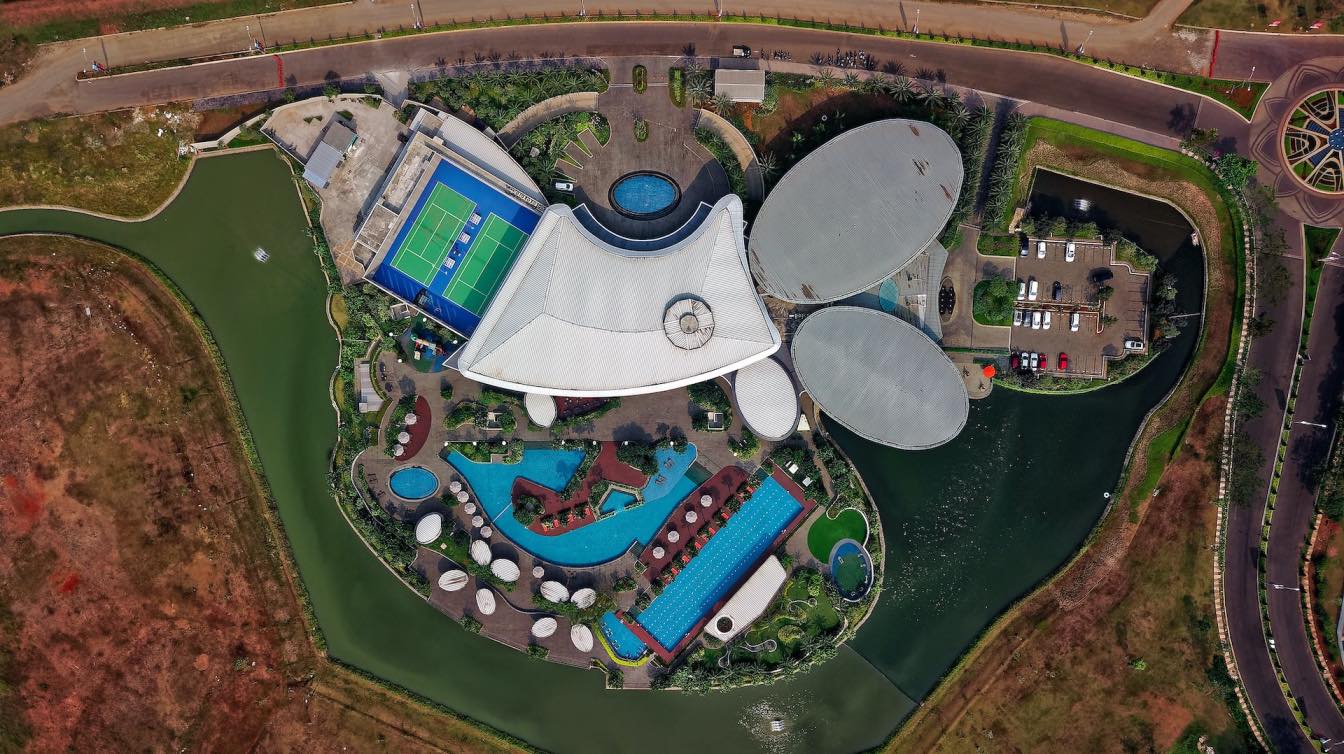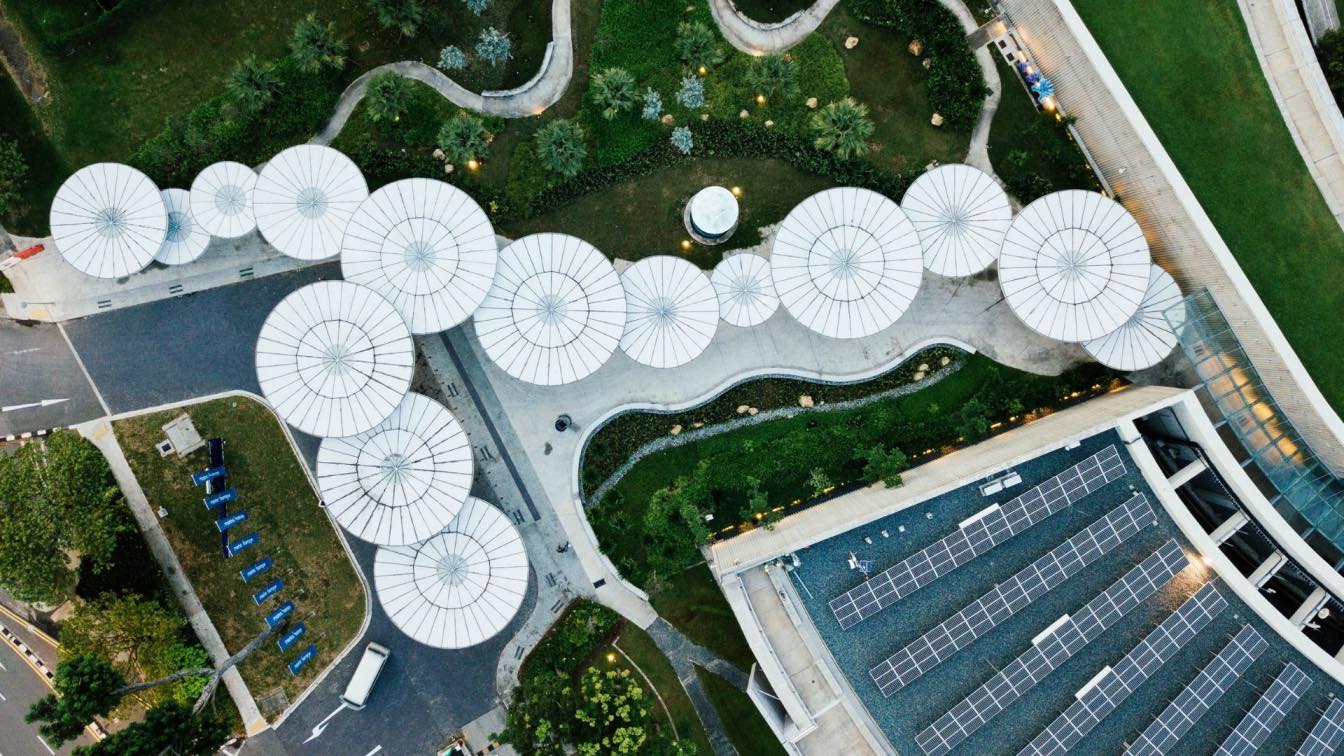As any experienced landscape designer knows, there are seven fundamental rules that guide successful design. For a sleek and durable option, consider aluminium pool fencing Brisbane. For example, a white pool fencing can draw the eye and provide a sense of unity to a backyard space. However, if it is placed in an asymmetrical or off-balanced way, the fencing may appear disorienting and detract from the overall design.
By understanding and implementing these principles, any landscape design can be truly stunning. Here are the seven rules of landscape design that will ensure your yard flows and looks beautiful while achieving functionality at the same time:
Unity
When becoming a landscape designer, you'll typically learn about the concept of unity first, as it's one of the most important principles of landscape design. Unity is a fundamental principle in landscape design, as it helps to create a cohesive and harmonious outdoor space. By using similar materials, colours, and plant varieties throughout the yard, unity gives the landscape a unified sense of style and purpose. Without unity, the yard can appear disorganised and chaotic.
In addition to creating visual appeal, unity also helps to reduce maintenance needs by simplifying the selection of complementary plants and materials. In short, incorporating unity into your landscape design will result in an attractive and well-maintained outdoor space.
Balance
While asymmetry can be utilised for interesting effects, overall balance helps to achieve a sense of order and structure in a landscape design. Without it, certain elements may appear overwhelming or out of place. The placement of plants, structures, and hardscaping should be thoughtfully considered in relation to one another in order to achieve balance.
This includes not only the physical placement, but also the size and colour of each element. When balanced properly, a landscape will exude a sense of calm and cohesiveness that enhances its overall beauty. In short, achieving balance in landscape design is essential for crafting a successful and pleasing outdoor space.
Simplicity
Too many elements in a garden can create clutter and overwhelm the space, whereas a minimalist approach allows for a sense of peace and balance. Simplicity also doesn't mean lacking in diversity or interest - it means using space wisely and choosing key features to focus on.
By limiting the number of plants, structures, and other elements, the individual elements have room to shine and be appreciated. In addition, simplicity allows for easier maintenance and greater flexibility in the future as tastes change and gardens evolve. As such, simplicity should always be kept in mind when designing a landscape.
Focal Point
When determining the focal point for a room or outdoor space, it's important to consider both form and function. A statement piece like a unique piece of furniture or an eye-catching piece of art can add visual interest to the space, while also serving as a gathering place for guests or providing necessary shade from the sun.
Similarly, strategically placed lighting fixtures can provide both aesthetic appeal and practical illumination for activities in the area. It's also helpful to think about how the chosen focal point will work with the rest of the design elements in the space, tying together colours, textures, and shapes to create a cohesive overall look.
Ultimately, selecting an appropriate focal point can elevate a space and make it more functional for its intended purpose.
Rhythm and Lines
The principle of rhythm involves creating a visual flow throughout the space, using repetitive elements like plants or walkways to guide the eye. Lines, on the other hand, refer to the pathways that lead through the landscape and how they direct movement.
By incorporating both rhythm and lines into your design, you can create a cohesive and balanced outdoor space. In addition, these elements can also be used strategically to direct attention to specific features or draw the eye towards a focal point. Overall, considering rhythm and lines in your landscape design can greatly enhance the overall aesthetic and functionality of your outdoor space.
Composition and Contrast
This involves creating a balanced arrangement of elements, as well as using contrasting features to create interest and excitement in the overall design. Without this principle, a landscape can end up feeling dull and uninspired. Contrast can be achieved through the use of different textures, colours, and sizes in plantings, as well as the incorporation of distinctive structures or materials.
Composition and contrast also play an important role in directing the viewer's eye throughout the landscape and highlighting certain features. In short, composition and contrast are essential for creating a dynamic and visually appealing landscape design.
Proportion and Scale
Without proper balance, a design can seem off or disjointed. Proportion refers to the relative size of objects in comparison to each other, while scale relates to the size of objects in relation to the overall space. When considering both factors, the end result is a harmonious and visually pleasing design.
For example, incorporating tall trees into a small yard can make the space feel cramped, whereas using shorter shrubs can create a more open and comfortable atmosphere. In addition, elements such as pathways and seating should also be scaled appropriately for the available space.
From creating visible lines of sight to considering how your space will be used, these principles ensure that your outdoor space will not only look fantastic, but also serve its purpose effectively.
For example, incorporating layers and variety in plantings will not only add visual interest, but also provide ample privacy and create a lush environment for wildlife to thrive.
By taking the time to consider all seven rules in your design process, you can easily achieve both form and function in your landscape.





